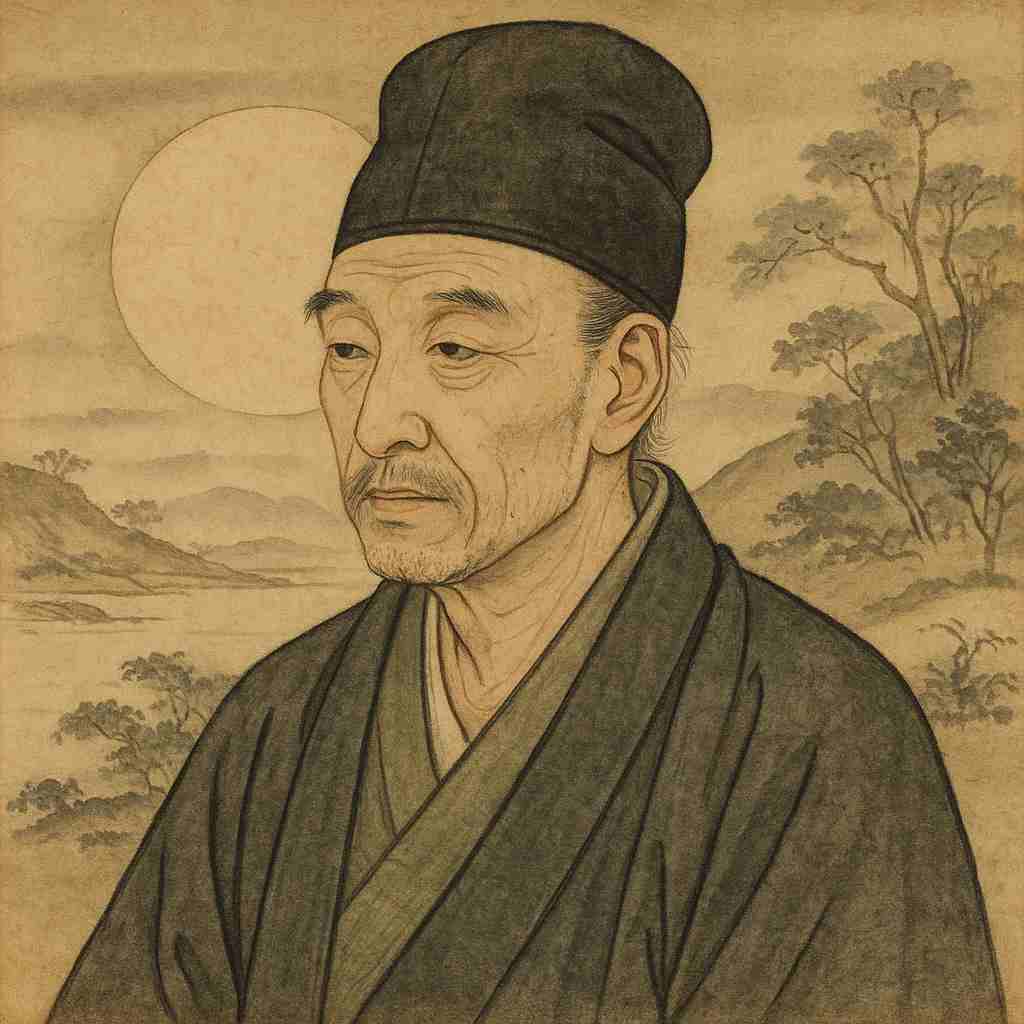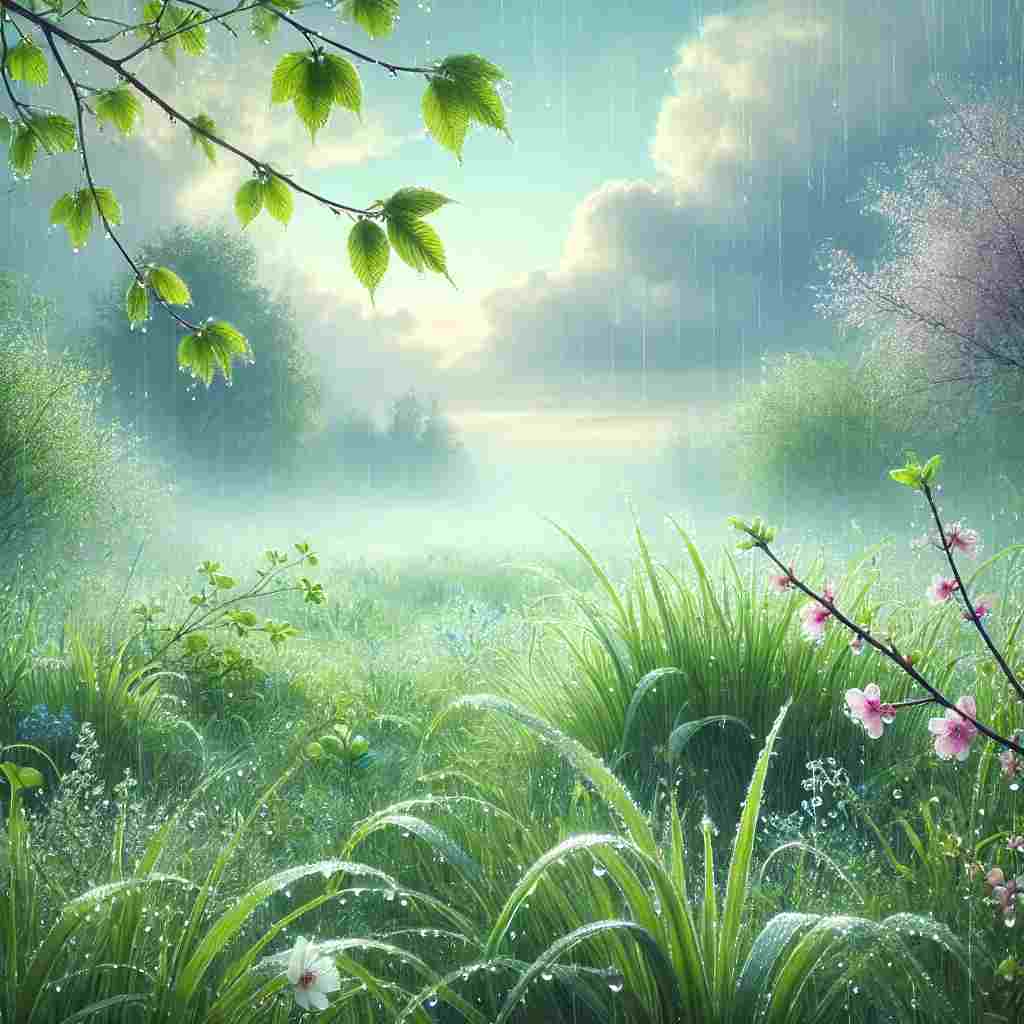1 Poems by Yosa Buson
1716 - 1784
Yosa Buson Biography
Yosa Buson, born in 1716 in the small village of Kema in the Settsu Province (now part of Osaka, Japan), is celebrated as one of the most masterful poets of the Edo period and a towering figure in the development of haiku. Alongside Matsuo Bashō and Kobayashi Issa, Buson forms the trinity of great haiku poets in Japanese literary tradition. Yet, Buson was more than a poet. He was also a painter of consummate skill, blending his artistic pursuits into a unified aesthetic vision. His life and work reflect a profound engagement with the natural world, an abiding respect for classical literary traditions, and an unyielding dedication to capturing ephemeral beauty in both words and images.
Buson’s childhood remains largely obscure, with few biographical details illuminating his early years. However, it is known that he moved to Edo (modern-day Tokyo) in his early twenties, where he studied under the haikai master Hayano Hajin. Hajin’s influence was instrumental in introducing Buson to the refined art of haikai poetry, an earlier form of haiku that combined humor, satire, and an acute awareness of the human and natural worlds. While the specifics of his apprenticeship remain shadowy, it is clear that Hajin’s teachings instilled in Buson a reverence for the Bashō school of poetry, which emphasized simplicity, depth, and a connection to nature.
The year 1742 marked a pivotal moment in Buson’s life when his master passed away. In the spirit of his poetic forebears, Buson embarked on a period of wandering. This journey was both physical and intellectual, inspired by the tradition of fūryū—a refined aesthetic ideal that prized elegance, impermanence, and the appreciation of beauty in everyday life. Much like Bashō’s famous pilgrimage chronicled in Narrow Road to the Deep North, Buson traveled through the Japanese countryside, immersing himself in its landscapes and absorbing the cultural and poetic traditions of the regions he visited. These wanderings had a transformative impact on his artistry, sharpening his sensitivity to seasonal shifts, natural beauty, and human transience—elements that would become central to his poetry.
In 1751, Buson settled in Kyoto, a city renowned for its rich cultural heritage and refined artistic milieu. By this time, he had begun to establish himself as both a poet and a painter, practicing the bunjin (literary person) lifestyle that valued a harmonious blend of artistic disciplines. His painting, primarily in the Chinese-influenced nanga style, complemented his literary work by employing the same aesthetic principles of restraint, balance, and attentiveness to detail. The interplay between his painting and poetry became one of the defining features of his career. In Buson’s hands, the written word often evoked vivid, painterly images, while his paintings bore the delicacy and immediacy of haiku.
One of the most striking aspects of Buson’s poetry is his meticulous craftsmanship. While his contemporaries, like Kobayashi Issa, leaned toward emotional immediacy, Buson’s haiku are characterized by their painterly precision and evocative imagery. Consider one of his most famous verses:
The camellia falls,
spilling its water—
so clear and cold.
Here, Buson captures a fleeting moment with exquisite clarity, much like a painter rendering a single brushstroke to convey an entire scene. The falling camellia is not merely a flower; it is a distilled emblem of transience and purity, its movement resonating with the ephemerality central to haiku.
Buson’s artistry was also deeply influenced by classical Chinese and Japanese literary traditions. He revered the waka poetry of earlier centuries and drew heavily on the Chinese Tang dynasty poets for inspiration, incorporating their sophisticated imagery and philosophical depth into his own work. Yet, Buson was no mere imitator of tradition; he revitalized the haiku form by infusing it with a renewed focus on visuality and texture, making his poetry both immediate and timeless.
As a haiku master, Buson was a keen observer of seasonal phenomena, known in Japanese as kigo. These seasonal references imbued his verses with layers of cultural and natural resonance, tying individual moments to the broader cycles of time. His winter poems, for example, are especially evocative, often juxtaposing human vulnerability with the stark beauty of snow-covered landscapes:
In the moonlight,
the color and scent of the wisteria
seems far away.
This haiku evokes a haunting sense of distance, both physical and emotional, as if the natural world’s beauty lies just beyond human grasp. The interplay of light, color, and scent in this poem exemplifies Buson’s ability to conjure sensory richness in just a few syllables, echoing his painterly sensibilities.
In addition to his poetic achievements, Buson played a crucial role in revitalizing the haikai tradition, which had begun to stagnate after Bashō’s death. Working with fellow poets and disciples, he sought to restore the form’s depth and sophistication, often advocating for a return to Bashō’s principles while also pushing the boundaries of the genre. His influence as a teacher ensured that his innovations were passed down to subsequent generations, solidifying his legacy within the haiku tradition.
Buson’s later years were marked by both personal and professional success. He married late in life and had a daughter, whose presence brought a measure of stability and joy to his otherwise solitary existence. Despite his growing reputation, Buson remained committed to his art, producing some of his most celebrated works during this period. His dual mastery of poetry and painting continued to flourish, each medium enriching the other in a seamless interplay of word and image.
Buson’s death in 1784 brought an end to a career that had profoundly shaped Japanese art and literature. Yet his work continues to resonate, offering readers a lens through which to view the world with greater attentiveness and appreciation for its fleeting beauty. His poetry, while deeply rooted in the traditions of his time, transcends cultural and temporal boundaries, speaking to the universal human experience of wonder, impermanence, and the search for meaning in the natural world.
In the annals of Japanese literature, Yosa Buson stands out not only as a master of haiku but also as a consummate artist who bridged the realms of poetry and painting. His legacy endures as a testament to the power of art to capture the ineffable, offering glimpses of eternity within the transient moments of everyday life.
This text was generated by AI and is for reference only. Learn more
Username Information
No username is open
Everything is free to use, but donations are always appreciated.
Quick Links
© 2024-2025 R.I.Chalmers (V2Melody).

All music on this site by R.I.Chalmers (V2Melody) is licensed under a Creative Commons Attribution-NonCommercial 4.0 International License.
Attribution Requirement:
When using this music, you must give appropriate credit by including the following statement (or equivalent) wherever the music is used or credited:
"Music by R.I.Chalmers (V2Melody) – https://v2melody.com"
Support My Work:
If you enjoy this music and would like to support future creations, your thanks are always welcome but never required.
Thanks!


